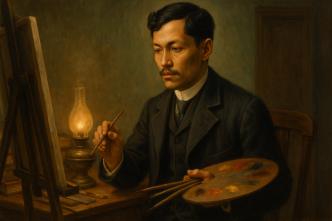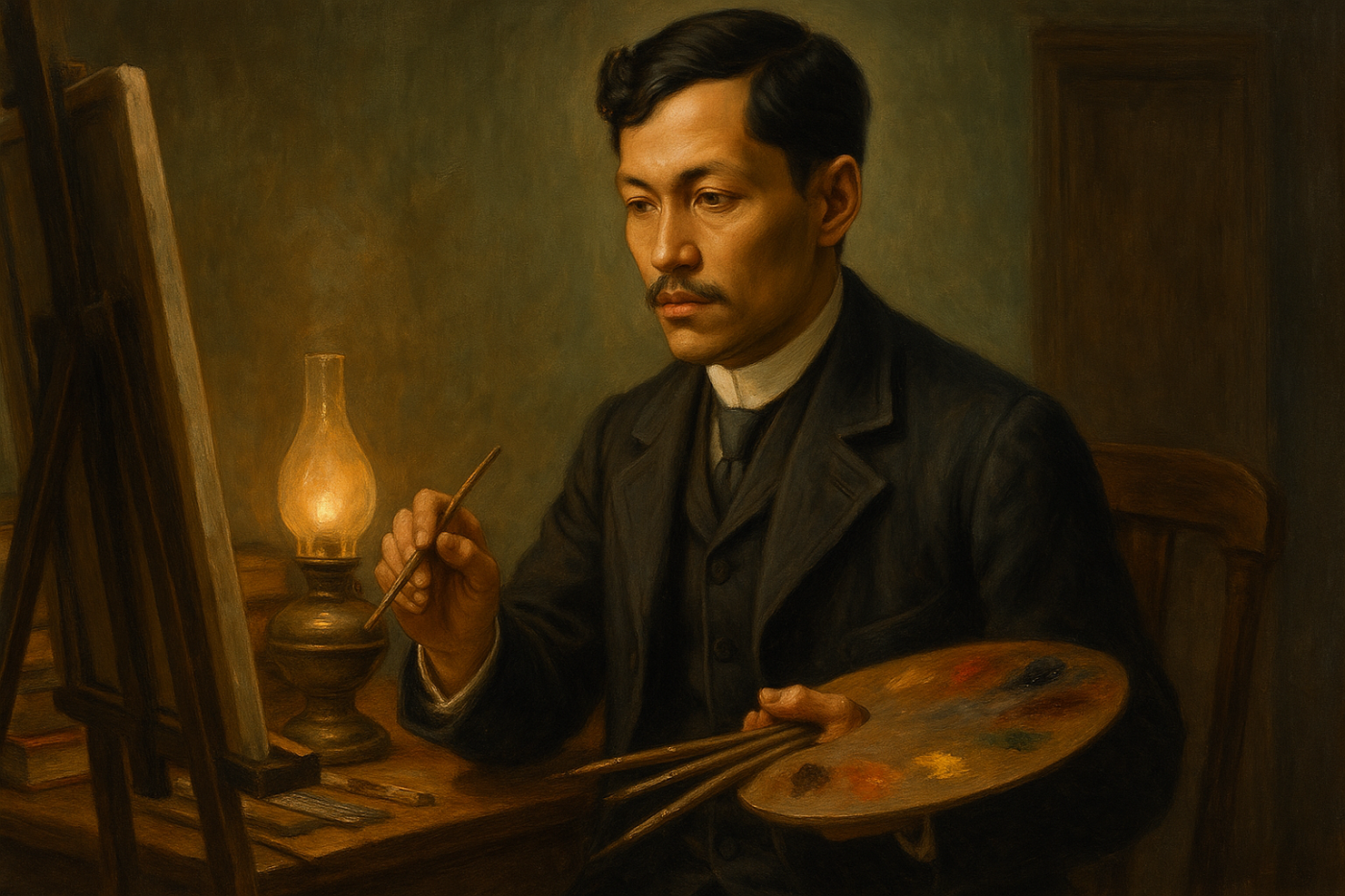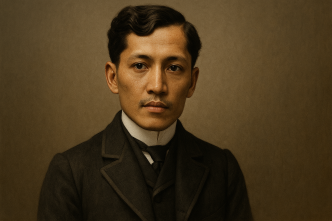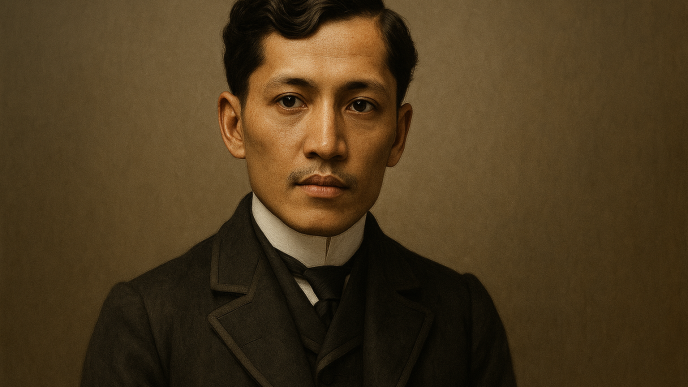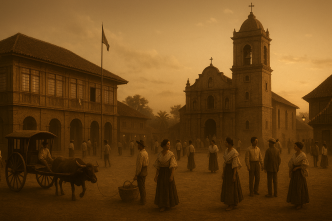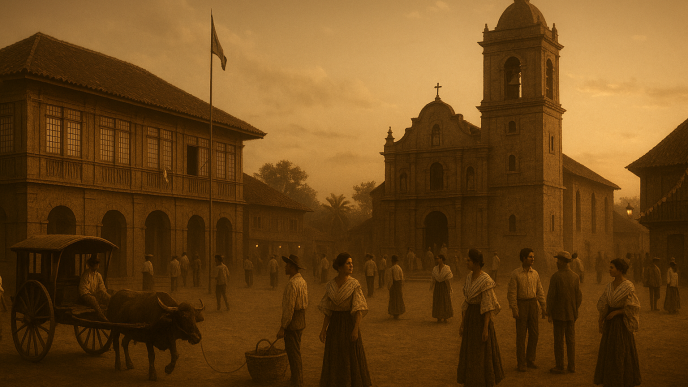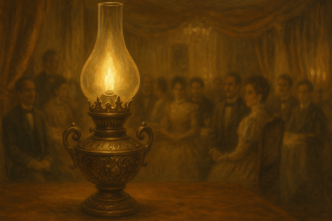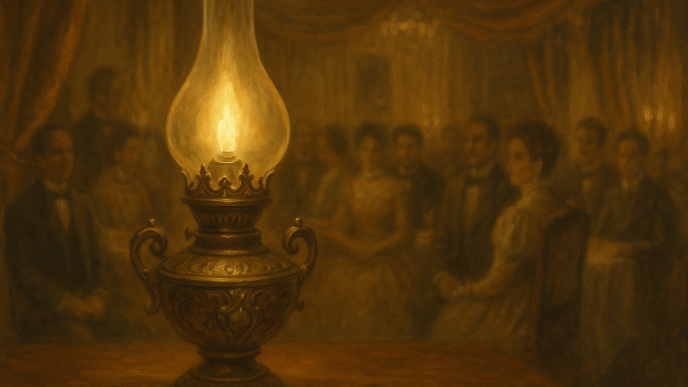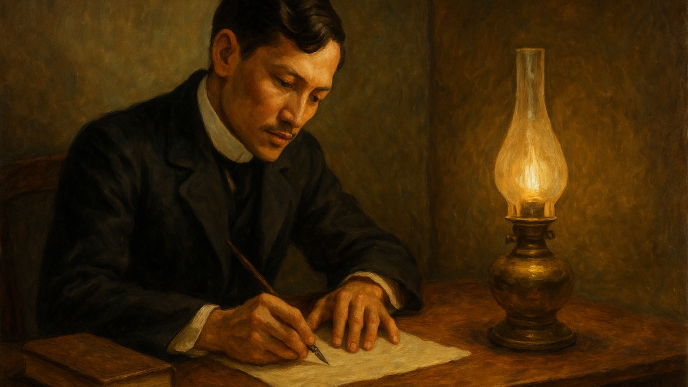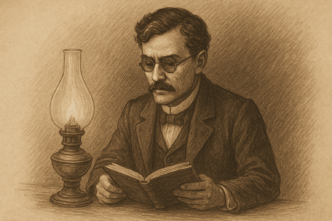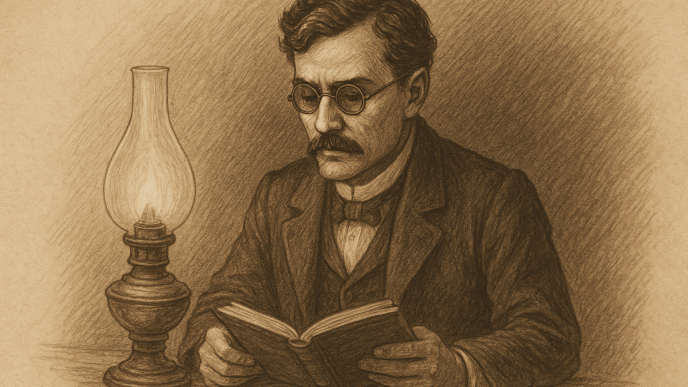Quick Summary
Jose Rizal trained seriously in drawing and painting long before he became known as a novelist and reformist. Only a small number of his paintings and colored works survive, but each piece offers a glimpse of his talent, discipline, and artistic eye.
Introduction
Most Filipinos encounter Jose Rizal as a writer, doctor, and reformist, but long before he became a national figure, he was a young artist with a disciplined passion for the visual arts. In Manila he studied at the Academia de Dibujo y Pintura and learned from sculptors, engravers, and drawing masters. Even as he pursued medicine and scholarship in Europe, he continued sketching portraits, devotional images, allegories, and landscapes.
Today, only a fraction of his painted or colored works remain. Many pieces were informal studies made in crayon or watercolor, while others were lost during wartime destruction. Still, the surviving works tell us much about Rizal’s affections, technique, and sensitivity — qualities that echo through the descriptive power of his novels.
This guide brings together the best-documented paintings and color works attributed to Rizal and traces their subjects, stories, and present status.
Catalogue of Known Paintings and Colored Works
The following artworks are among the most reliably attested pieces in museum archives, secondary scholarship, and historical records. While many have been lost, each retains a distinct place in Rizal’s visual legacy.
Portrait of Saturnina Rizal (Oil on Canvas, c. 1878)
This portrait of Saturnina (Neneng), Rizal’s eldest sister, is widely considered his only surviving oil painting. Executed when Rizal was about seventeen, it reveals both skill and affection: careful modeling, sensitivity to texture, and a composed sense of character.
Today, the painting is identified with the collections of the National Museum of Fine Arts and is frequently displayed or referenced in connection with the Rizal Shrine in Intramuros.
Dapitan Church Curtains or “Holy Week Backdrop” (Oil on Canvas, 1894)
While exiled in Dapitan, Rizal was asked by Fr. Vicente Balaguer to paint a large backdrop for Holy Week ceremonies. The result was an expansive colonnaded scene, designed as a decorative curtain for the church.
The work was once preserved at the Ateneo museum but was destroyed during World War II, along with many other irreplaceable artifacts of the period.
Landscape on Mother-of-Pearl Shells (Oil on Shell, 1890s)
Rizal experimented with unconventional surfaces, including polished mother-of-pearl. He painted miniature landscapes on paired shells in Dapitan, creating delicate scenes that combined craft, ingenuity, and technical finesse. He gifted these pieces to Doña Leonor Valenzuela, and surviving documentation traces their later possession by Doña Margarita Valenzuela.
Their present location is not publicly recorded, suggesting they remain in private hands.
Spanish Coat of Arms (Watercolor, 1867)
One of Rizal’s earliest recorded colored works is a watercolor rendering of the Spanish coat of arms, created during the fiesta of San Rafael in Calamba. It reflects the young Rizal’s early training in heraldic imagery and decorative design.
No confirmed museum location exists today, and its fate remains unclear in public catalogues.
Allegory on Porcelain Vases for the New Year (Oil on Porcelain, 1886, Berlin)
While in Berlin, Rizal decorated a pair of porcelain vases with a New Year allegory. This work shows his range beyond traditional materials and demonstrates the ornamental sensibilities present in many of his sketches.
Like several of his small-scale works, the current location of the porcelain pieces is unrecorded.
Christ Crucified (Crayon, 1875)
This devotional study, created in crayon, is consistently mentioned in early inventories of Rizal’s art. It reflects the religious environment of his education as well as his early mastery of shading and proportion.
While images of the piece occasionally circulate in secondary literature, the actual artwork’s present whereabouts remain undocumented.
Immaculate Conception (Crayon, 1874)
Another devotional crayon work, the Immaculate Conception, shows Rizal’s early interest in sacred imagery. Some sources mistakenly list the year as 1974; the correct date is 1874.
Its current location, like many early works, is unknown, though it is widely cited in older catalogues.
Portrait of Miguel Morayta (Crayon, 1885, Barcelona)
Rizal admired Miguel Morayta, a Spanish historian and liberal intellectual who supported Filipino students in Spain. He rendered Morayta’s likeness in crayon during his stay in Barcelona.
This portrait is regularly noted in biographical and academic sources, but its physical location has not been recorded in modern museum listings.
Why So Few Survive
Historians and curators agree that much of Rizal’s visual output was lost during the 1945 Liberation of Manila, a period of widespread destruction that erased countless cultural treasures. Many of his juvenile studies were kept in homes that did not survive the war. Other works were private gifts — especially pieces painted on shell or porcelain — that stayed within families and were never deposited in public institutions.
For these reasons, surviving works like the Portrait of Saturnina hold enormous historical value. They represent not just Rizal’s artistry but the remnants of a broader visual legacy nearly erased by circumstance.
Where to See Rizal’s Art Today
The National Museum of Fine Arts in Manila is the foremost public institution where visitors can encounter works related to Rizal. Its Gallery V, Inspiring the Nation, Dr. Jose Rizal: The National Hero in Art, has featured the Saturnina portrait and other Rizaliana in various rotations. Because exhibits change periodically, visitors should check updated schedules.
The Rizal Shrine in Fort Santiago is another key site. Although it focuses on manuscripts, letters, sculptures, and memorabilia, it also houses materials related to Rizal’s artistic training. Many travelers and researchers associate the Shrine with the Saturnina oil and other visual documentation of Rizal’s work.
Why These Works Matter
Rizal’s surviving artworks reveal aspects of his personality that complement his writings. His crayon studies show discipline and careful observation; his portrait of Saturnina reflects affection for family; his experiments with shell and porcelain reveal creativity and curiosity; and his Dapitan backdrop highlights his willingness to serve a community even in exile.
These pieces also explain why Rizal’s novels contain such vivid imagery. His painterly sensitivity—his ability to stage a scene, observe detail, and capture human expression—came from years of training in the visual arts. His drawings were not a hobby but part of the same artistic intelligence that shaped his literature, his ethnography, and his scientific work.
Rizal the painter may be lesser known than Rizal the writer, but the remnants of his art allow us to see the hero more completely: as a man of many disciplines, committed to craft, and always attentive to the beauty and meaning of the world around him.
